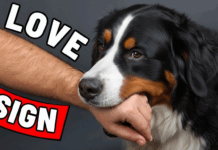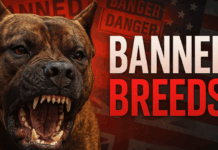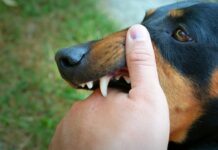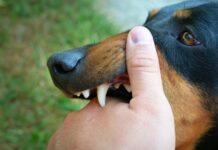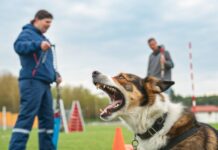Last Updated on June 26, 2024 by Dogs Vets
Whenever you are inviting a dog into your life, then, it opens up the most astonishing new chapter of mutual communication and understanding. Learning to interpret the body language of your puppy plays the real secret to the ideal relationship with your furry companion.
The relationship is built over the thousands of years of friendship that evolved into the most distinctive language of postures, gestures, and expressions.
Dogs, at times, were wild animals that eventually came to find a place alongside humans; learning to read and respond to our cues helps us understand theirs. It is the most astonishing endeavor, from the wild wolves to the beloved members of the family, that created a deeper bond underpinned by the extraordinary ability to communicate across this line of species.
The Language of Body Signals
The small dog breeds excel in their non-verbal communication that employs their physical cues, expressing an entire range of intentions and emotions. Knowing about these bodily signals offers you the key knowledge of the emotional state of your dog:
Tilting Head to One Side
Dogs often tilt their heads whenever they are uncertain about their interests. They show this kind of behavior whenever they await more information, mainly from a trainer. Additionally, they tilt their heads to listen to a sound and accurately determine its source.
Shaking Head
Taking the example of Mini Bernedoodle Puppies, they would shake their head whenever they are relieved from tension. They would behave in this manner after they become alert or aggressive. Additionally, you can check their dog’s body language, who was waiting eagerly for something.
Yawning
A dog would often yawn whenever they are under stress or face any threat as it would help ease their tension and pressure. A would often show this type of behavior if they are tired, confused, or threatened. Additionally, the dog would behave in this manner whenever they meet with other canines.
Licking Lips
A dog would often lick his lips whenever they are uncertain or stressed. At times the body language would indicate that your canine companion is active physically. Additionally, if you find them licking the lips of other dogs, then you should understand that they are ready to make friends with them, and it is the behavior often common with puppies.
Showing Teeth and Biting
Whenever your canine friend retracts his lips to show teeth, then he is aggressive or revealing his dominance. It would be best if you were careful whenever they show their teeth, as he would end up biting you. If the behavior is often accompanied by muzzle wrinkling or snarling, then you should know that your furry companion is angry. It is advised not to come closer to any dog showing this behavior.
Panting
Your four-legged companion would pant whenever he was overheating or suffering from a heatstroke. Dogs often cool down to regulate their body temperature. A few dogs adopt this kind of behavior to relieve stress or pain.
Barking and Yelping
Whenever your dog barks rapidly or loudly, then he would act this out of aggression or has sensed danger. The soft and short bark indicates that your dog is friendly and wishes to play, especially if they are near a pool. If that is the case, then you should know everything about swimming for dogs. If your dog shows a sudden sharp yelp, then you should know that your canine friend is in a lot of pain.
Growling
If your furry companion produces a low or medium growl with or without bark, then he reveals his protective side; he gets threatened or becomes territorial as he becomes more aggressive and attacks animals and people. Furthermore, your dog would produce a soft growl if he is alert, contented, anxious, or in a playful mood.
Howling
Your dog often produces a long howl if it feels lonely. Due to this, several dogs announce their existence to other canines or even individuals. Whenever they produce a short howl, you should understand that they are excited or satisfied. A dog also mimics other sounds.
Whining and Whimpering
When your dog produces a low, short whimper or whine, it shows that he is anxious, excited, or submissive. A prolonged whimper or whine shows that he is in pain or discomfort especially with a collar so it is important to use a training collar on small dogs. Most dogs use this type of body language to call for attention.
Opening Eyes and Staring
If your dog keeps their eyes open, then you should know that he is on great alert. If he is giving an intense stare, that is accompanied by narrowing eyes as they try to be threatened or dominant. If they show the whites of the eyes, then he is threatened and wishes to attack.
Conclusion
If you care for or work with dogs, you should understand their behavior and body language with the help of our guide. You should also know whether or not your dog loves you if you have a good relationship with him.
Fact Check
We strive to provide the latest valuable information for pet lovers with accuracy and fairness. If you would like to add to this post or advertise with us, don’t hesitate to reach us. If you see something that doesn’t look right, contact us!

